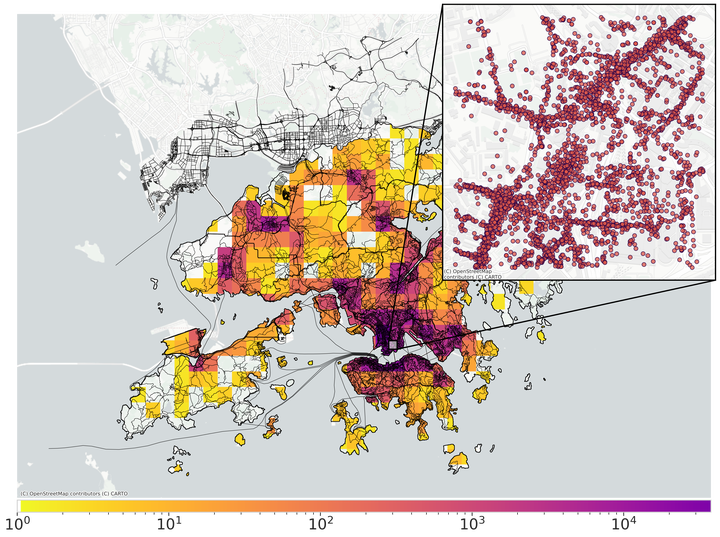Covert Assignments: Undercover Infiltration and the Repression of Protests

What explains undercover operations in the repression of protests? The use of undercover agents to infiltrate and repress protests is highly controversial, yet their operations remain poorly understood. This research examines how the spatial characteristics of protests shape undercover agents’ use of violence. We argue that undercover officers, typically lightly armed and operating in small units to avoid detection, must balance their objective to disrupt dissent against the risks of acting within dense assemblies, where arrests can provoke violent clashes and endanger officers’ safety. As a result, they tend to remain passive observers and intervene only when protesters are few in number and spatially isolated, giving them a tactical advantage to arrest targets without triggering mass confrontation. Analysis of unique data from Hong Kong’s largest anti-government protests (2019–20) supports these expectations: undercover officers are more likely to make arrests in locations where protesters are isolated, distant from main protest crowds or gathered in confined environments such as indoor spaces, where crowd density is low. The findings offer new insights into how covert infiltration fits within broader strategies of state coercion.
祕密任務:臥底滲透與秘密形式的抗議鎮壓
是什麼因素促使國家在鎮壓抗議活動中採取臥底行動?雖然國家利用臥底人員滲透並打擊抗議行動的做法充滿爭議,但其實際運作模式迄今仍缺乏系統性的研究與理解。本文旨在探討抗議活動的空間特徵如何影響臥底人員行使暴力的方式。我們認為,臥底警員通常為避免暴露而以輕裝、少人數編組進行行動,在此情況下,他們必須在有效干擾群眾動員與維護自身安全之間取得策略平衡。當抗議現場群眾密集時,強制執法行動可能引發激烈衝突,進而危及執法人員安全。因此,臥底人員傾向採取觀望態度,僅於抗議者人數稀少且相對空間孤立的情境下才選擇介入,藉此提升他們在人數上的優勢,在不引發群體對抗的情況下實施逮捕與暴力鎮壓。本研究運用2019年至2020年香港大規模反送中、反政府抗議運動的嶄新資料進行實證分析,研究結果支持理論預期:臥底人員較可能在抗議者相對孤立、遠離主要群眾聚集區,或處於如室內等空間受限、人群密度較低的場域中採取行動。本文的發現指出,臥底滲透是如何作為國家暴力機制中一項隱蔽但關鍵的策略元素,深化了我們對威權政體與民主政體中國家鎮壓策略的理解。